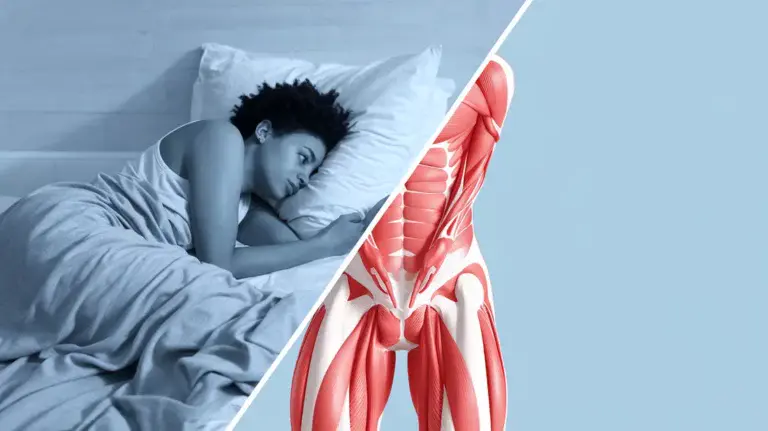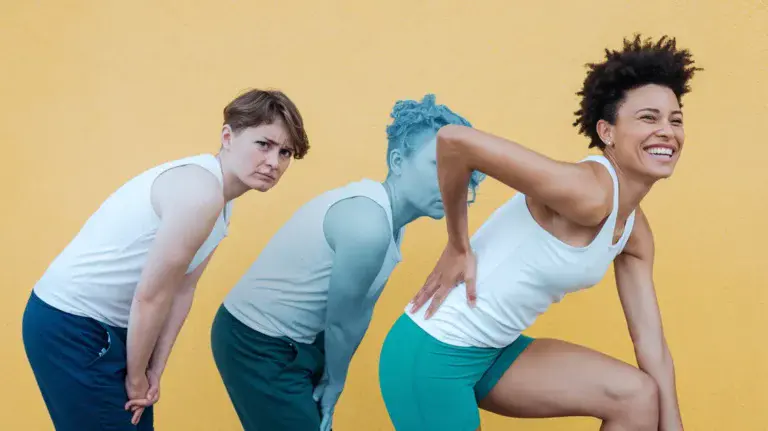Ever feel like your hips are tighter than your jeans after a Thanksgiving feast?
And then, just when you thought things couldn’t get any more… backed up, your digestion joins the party?
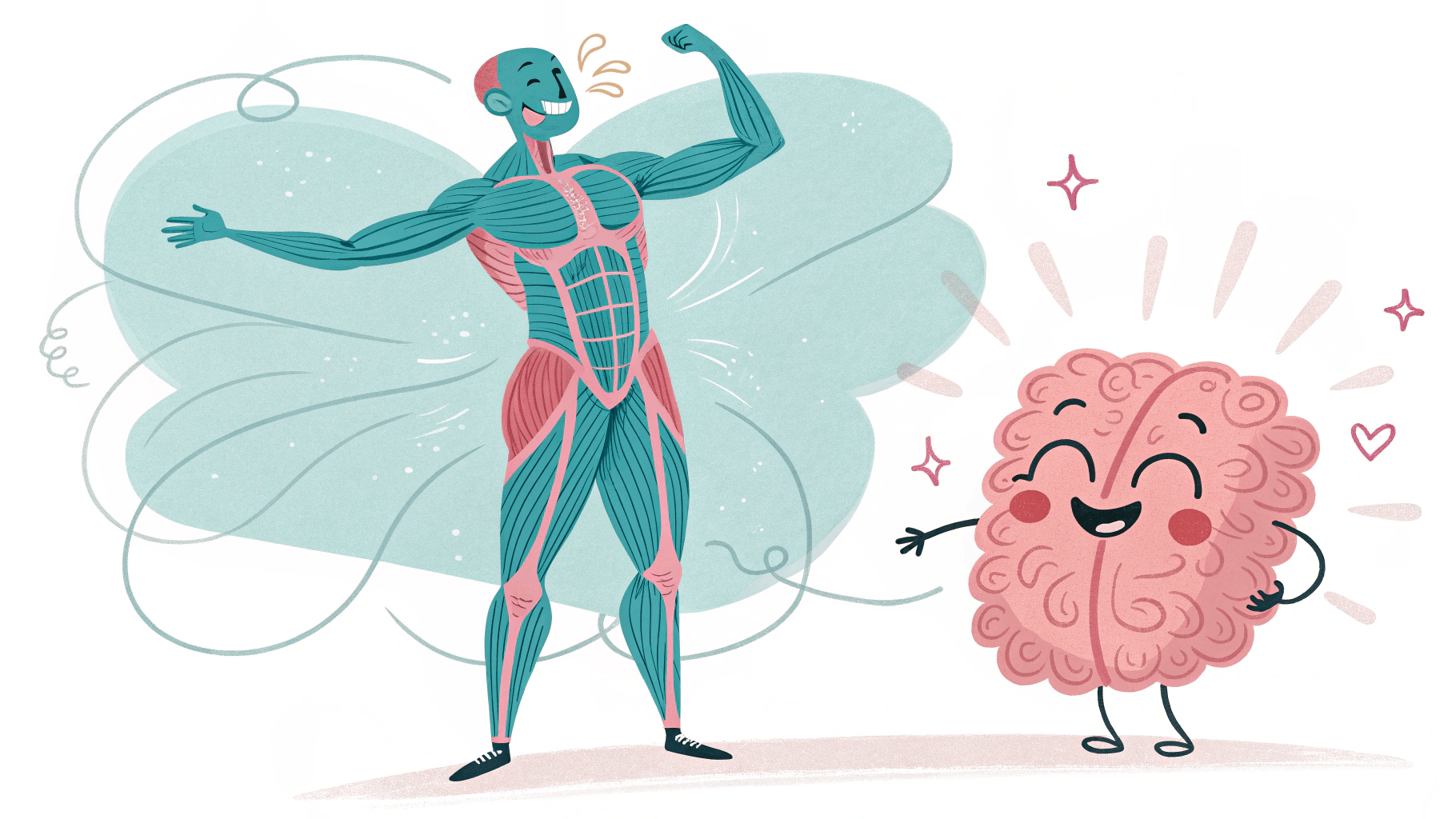
You’re not alone, my friend. Turns out, those hip flexors of yours might be throwing a digestive disco in your abdomen.
Let’s dive into the fascinating (and slightly weird) connection between your hips and your gut!
Understanding Your Hip Flexors – More Than Just Leg Raisers
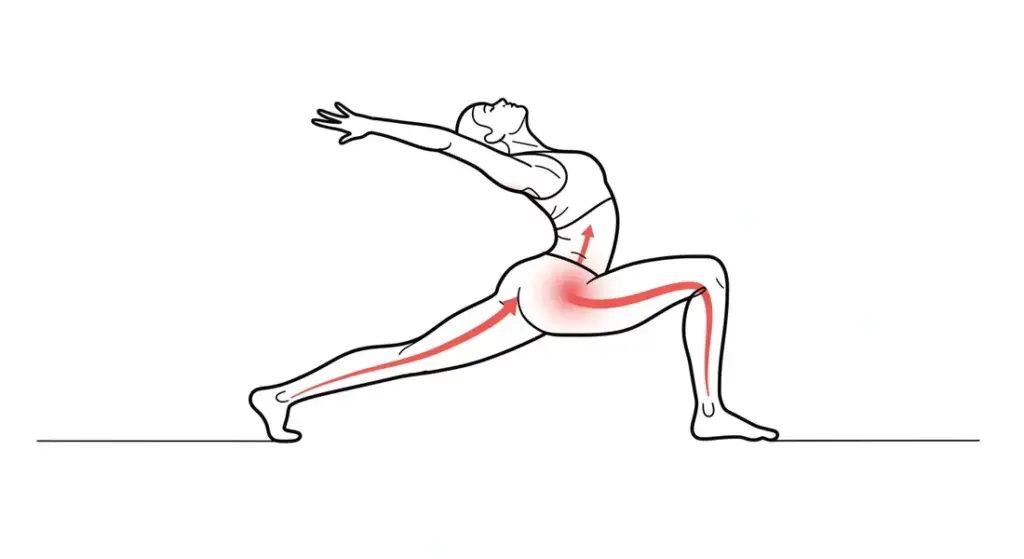
So, what are these hip flexors we keep talking about?
Think of them as the unsung heroes of your movement – and also, apparently, the backstage managers of your digestive system.
- What are they? A group of muscles nestled at the top of your thighs, near your pelvis, ready to spring into action.
- The A-Team:
- Psoas Major: The deep-diving maestro, touching your spine and gut.
- Iliacus: The sidekick, cozying up to your intestines.
- Rectus Femoris, Tensor Fasciae Latae (TFL), and Sartorius: The supporting cast, keeping things moving.
- Their Day Job: These muscles are your go-to for flexing your hip—think walking, running, and conquering those dreaded stairs. They also play a crucial role in your posture and balance.
Hip Flexor Muscles – A Quick Guide
| Muscle | Primary Function | Cool Fact |
| Psoas Major | Primary hip flexor (flexing the hip, bringing knee to chest) | Nicknamed the “muscle of the soul” due to its connection to stress and emotions. |
| Iliacus | Hip and thigh movement (assists in hip flexion) | Sits deep in the pelvis and works closely with the psoas major. |
| Rectus Femoris | Knee extension and hip flexion | Part of the quadriceps muscle group; crosses both the hip and knee joints. |
| Tensor Fasciae Latae (TFL) | Hip abduction and flexion (moving leg away from midline) | Helps stabilize your pelvis during walking and running. |
| Sartorius | Hip flexion, abduction, and external rotation | Longest muscle in the body; allows you to cross your legs. |
The Anatomical Link – It’s All About Location, Location, Location!
Here’s the juicy bit: Your psoas major muscle, in particular, is a deep muscle that runs along your spine and through your abdominal cavity.
This means it’s practically having a tea party with your intestines and other digestive organs.
The iliacus muscle is also in the neighbourhood, adding to the digestive drama.
How Tight Hip Flexors Can Impact Digestion – When Muscles Get Moody
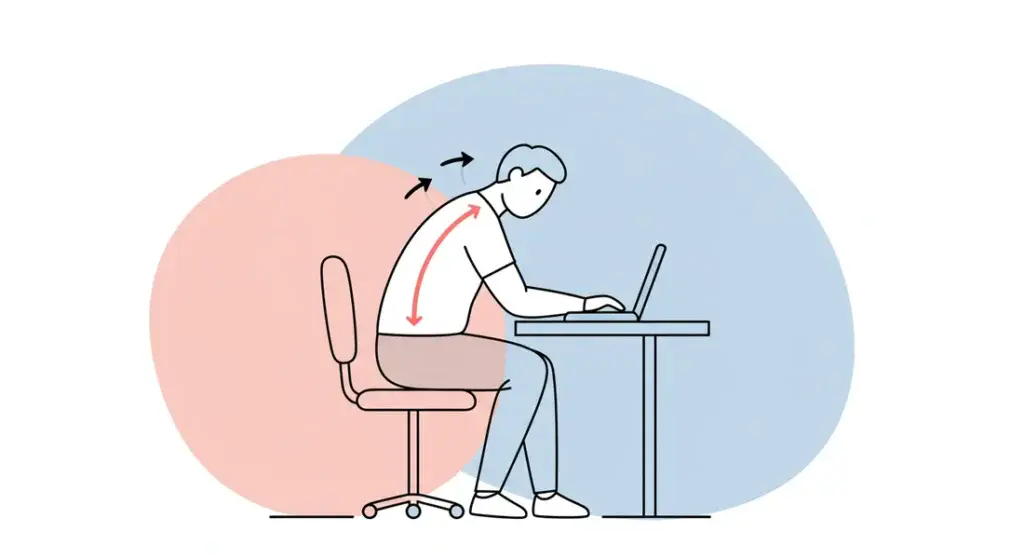
When your hip flexors are tighter than a drum, things can get… complicated.
- Muscle Tension and Nerve Compression: Tight hips can squeeze nerves and blood vessels, disrupting the communication lines to your digestive system. It’s like trying to get a text through in a crowded concert – chaotic.
- Gut Tension and Constipation: A cramped psoas can limit space in your abdomen, squeezing your digestive organs and leading to constipation. Think of it as your internal rush hour.
- Impact on Circulation: Tight muscles can restrict blood flow, affecting overall bodily functions, including digestion.
- Stress and the Psoas: Some believe the psoas holds onto stress like a squirrel hoarding nuts, which can worsen digestive issues.
Signs That Your Hip Flexors Are Throwing a Gut Party – Is It Your Hips or Your Hamburgers?
How do you know if your hips are the culprits? Look out for these signs:
- Digestive issues like bloating, constipation, or IBS alongside hip pain.
- Mysterious lower back pain.
- Poor posture, especially an anterior pelvic tilt (your belly sticking out a bit more than usual).
- Trouble getting comfy while sitting or sleeping.
What You Can Do to Improve Both Hip Flexor Health and Digestion – Hip Happiness, Gut Gratitude
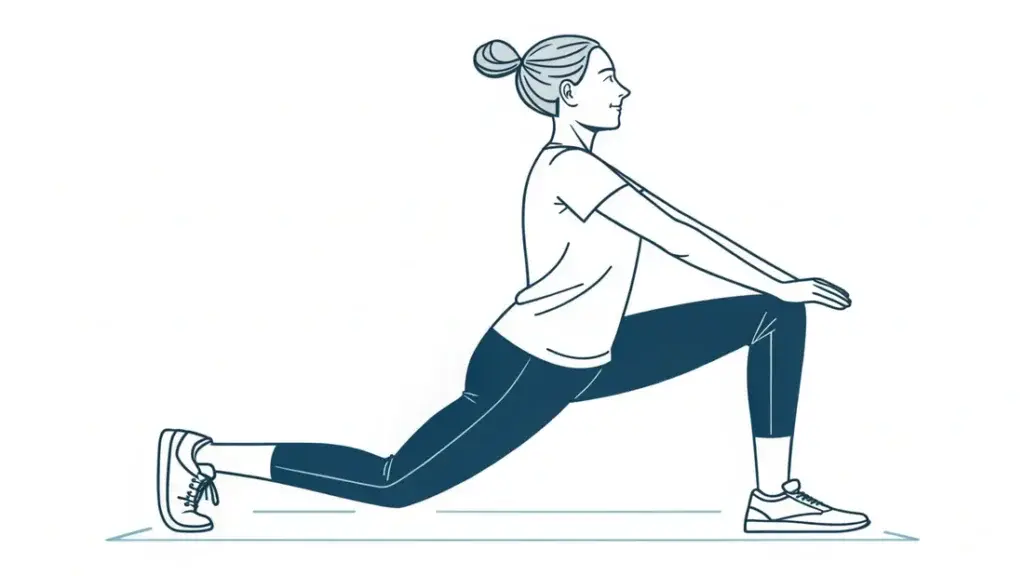
Don’t despair! Here’s how to show your hips and gut some love:
- Regular Hip Flexor Stretches:
- Kneeling Hip Flexor Stretch
- Lunges
- Supine Hip Flexor Stretch
- Pigeon Pose
- Strengthening Exercises:
- Straight Leg Raises
- Bridges
- Gentle Mountain Climbers
- Mindful Movement and Posture: Be aware of how you sit and stand. Take regular movement breaks.
- Yoga: Poses that target hip flexors and promote relaxation are your friends.
- Listen to Your Body: Pay attention to those hip and gut whispers.
Table – Hip Flexor Stretches and Their Benefits
| Stretch | Benefits |
|---|---|
| Kneeling Hip Flexor Stretch | Lengthens the psoas and rectus femoris, improves flexibility. |
| Lunges | Stretches hip flexors and strengthens leg muscles, enhancing stability. |
| Supine Hip Flexor Stretch | Gentle stretch, ideal for beginners and those with lower back pain. |
| Pigeon Pose | Deep stretch for hip flexors and rotators, promotes relaxation. |
| Standing Hip Flexor Stretch | Simple stretch, can be done anywhere, anytime. |
When to Seek Professional Guidance – When It’s More Than Just a Cramp
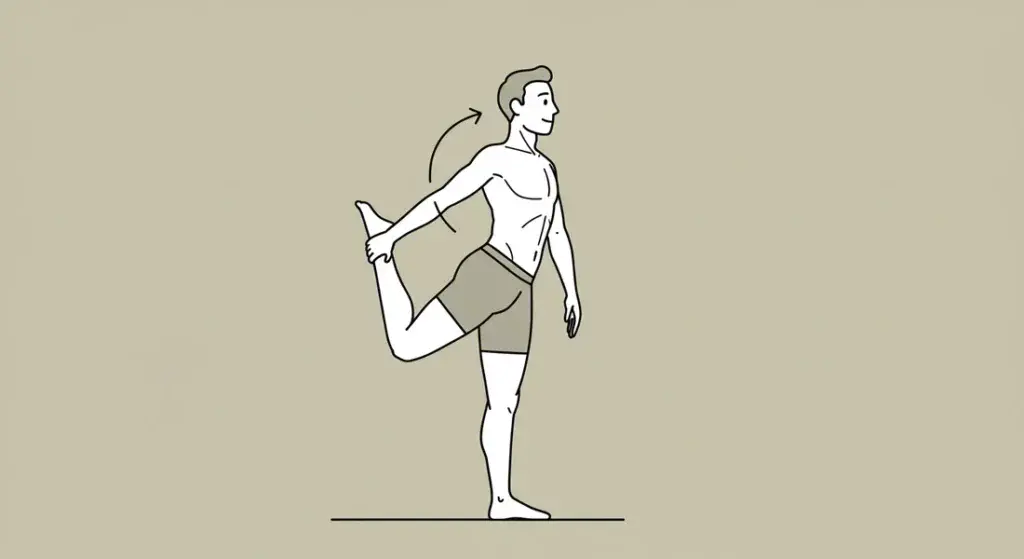
If you’re experiencing:
- Persistent or severe digestive issues.
- Significant hip pain affecting daily life.
- Suspected underlying medical conditions.
It’s time to consult a doctor or physical therapist.
Conclusion – Happy Hips, Happy Gut, Happy You!
The connection between hip flexors and digestion is real, and addressing tight hips can lead to a happier gut.
So, stretch, move, and listen to your body. Your hips (and your digestion) will thank you!
FAQ’s
- Q: Can tight hip flexors really cause constipation?
- A: Yes, tight hip flexors, especially the psoas, can compress digestive organs and nerves, leading to constipation.
- Q: What are the best stretches for tight hip flexors?
- A: Kneeling hip flexor stretch, lunges, and pigeon pose are excellent options.
- Q: Can stress affect my hip flexors and digestion?
- A: Yes, stress can lead to muscle tension, including in the psoas, which can exacerbate digestive issues.
- Q: How often should I stretch my hip flexors?
- A: Aim for daily gentle stretches to maintain flexibility and support digestion.
Key Takeaways
- Hip flexors, particularly the psoas, are closely linked to your digestive system.
- Tight hip flexors can lead to digestive issues like constipation and bloating.
- Stretching, strengthening, and mindful movement can improve both hip and gut health.
- Listen to your body and seek professional help when needed.
References
- Anatomy Trains by Thomas Myers
- The Psoas Book by Liz Koch
- Yoga Anatomy by Leslie Kaminoff and Amy Matthews
- The Gut-Brain Connection by Emeran Mayer, MD
- Psoas Strength and Flexibility: Core Workouts to Increase Mobility, Reduce Injuries and End Back Pain
(Note: Affiliate Links)


